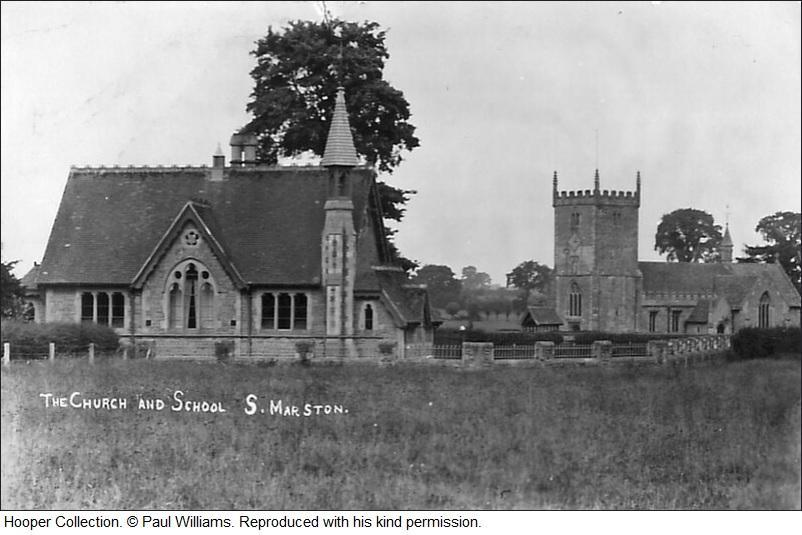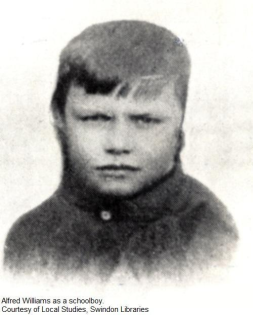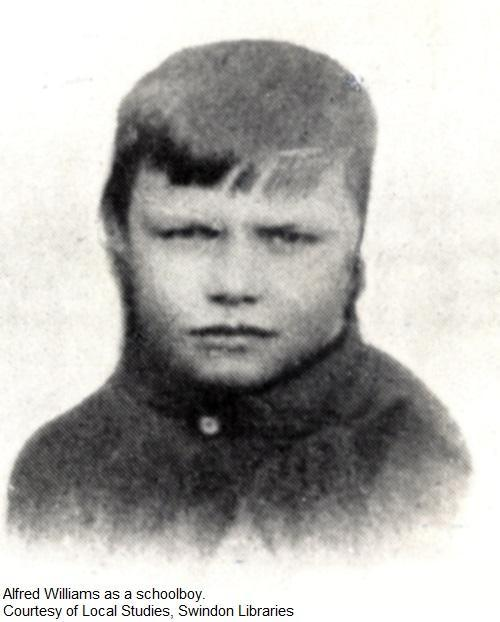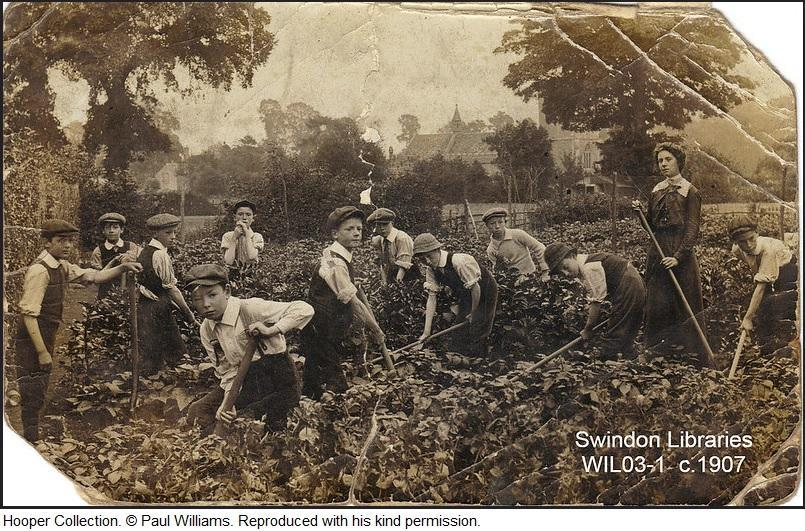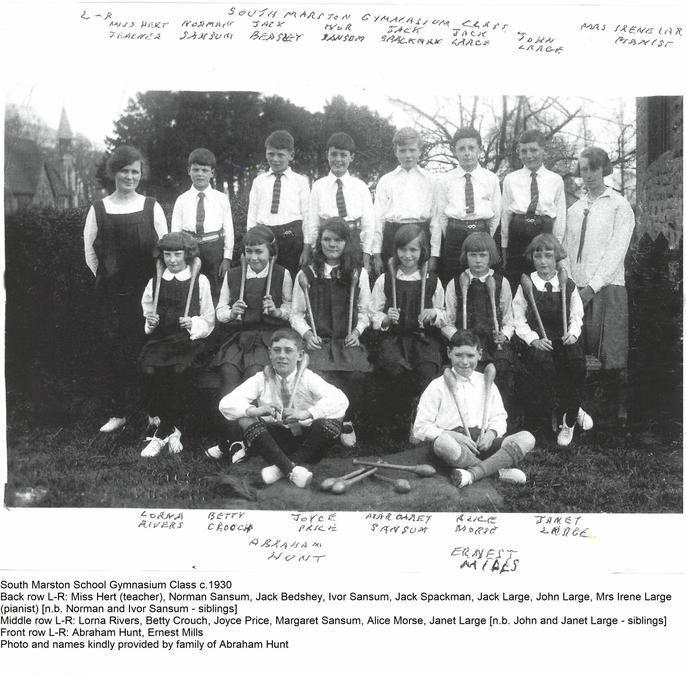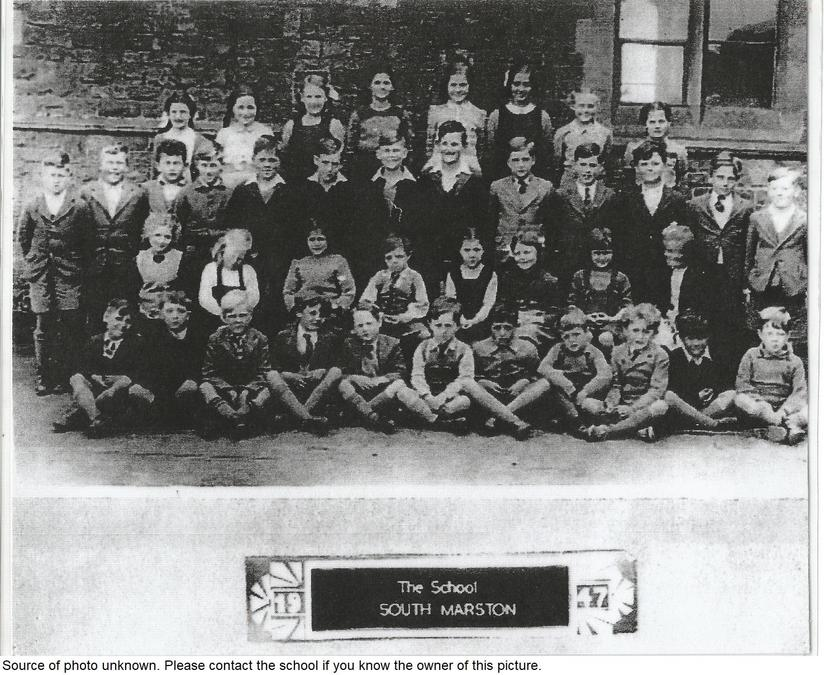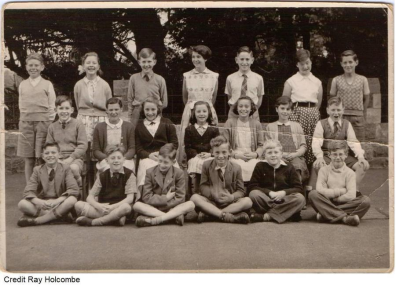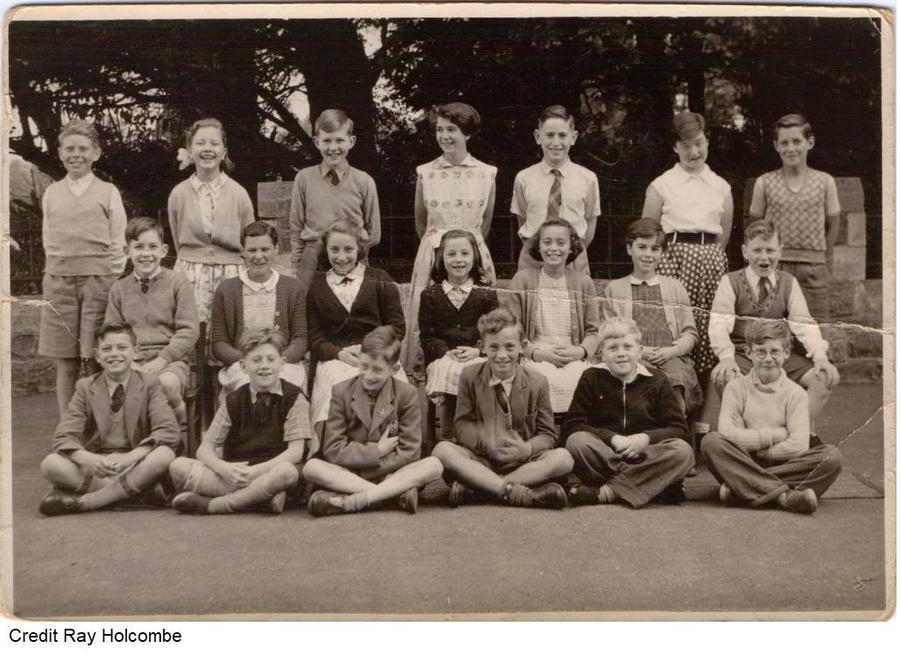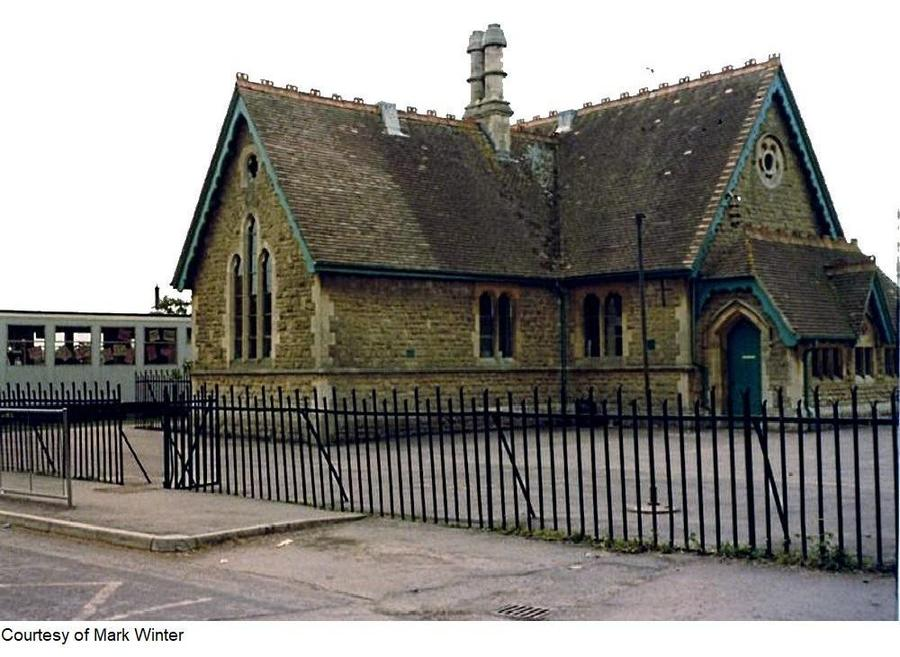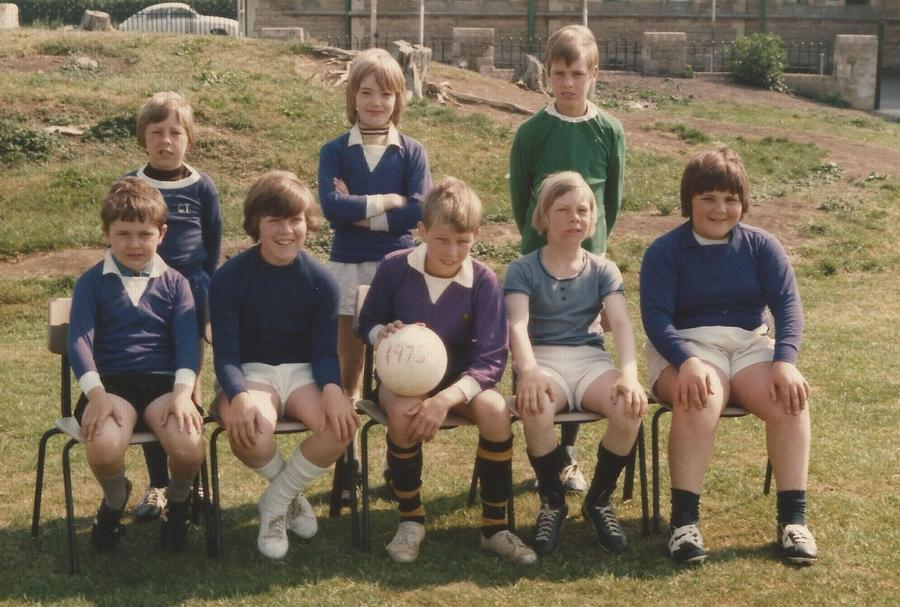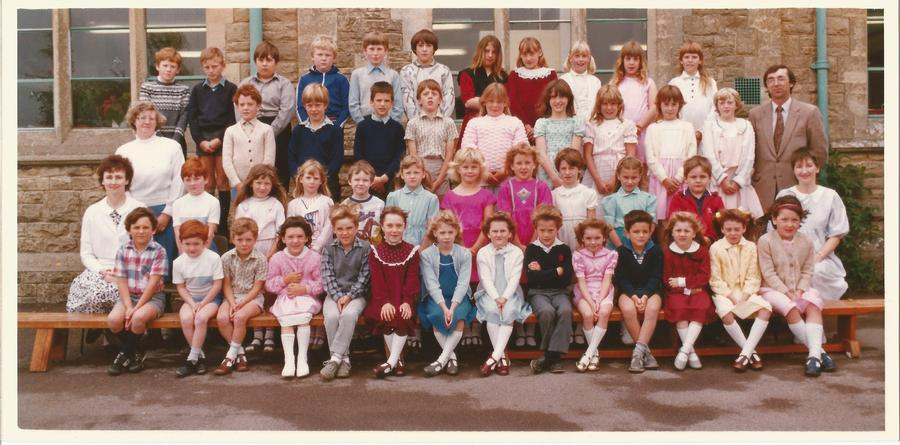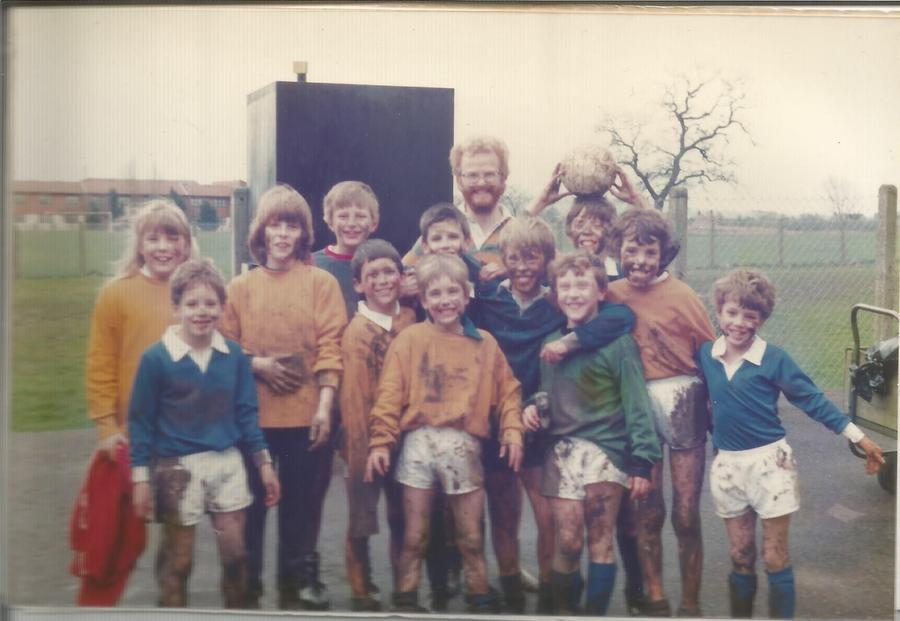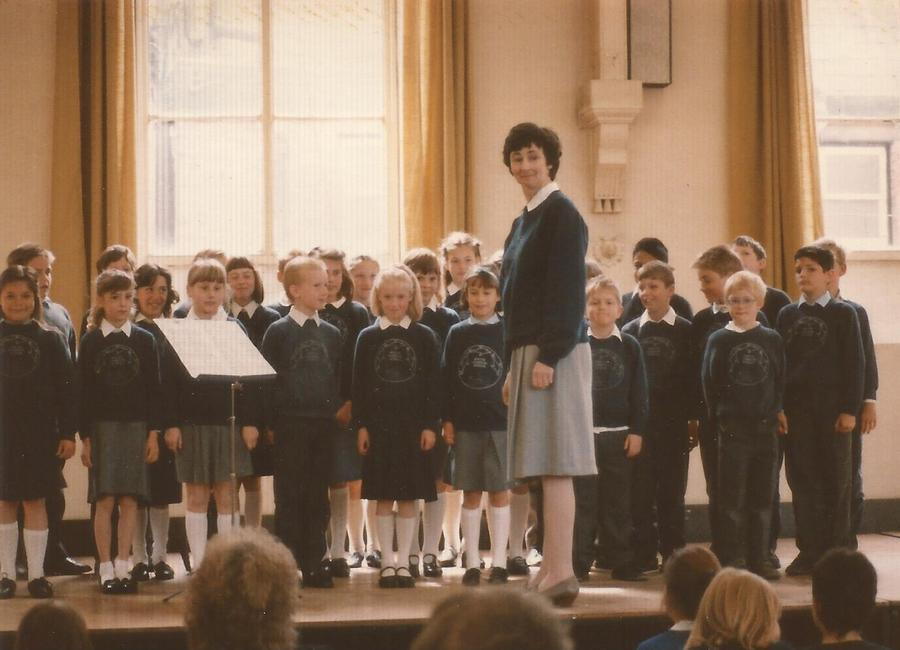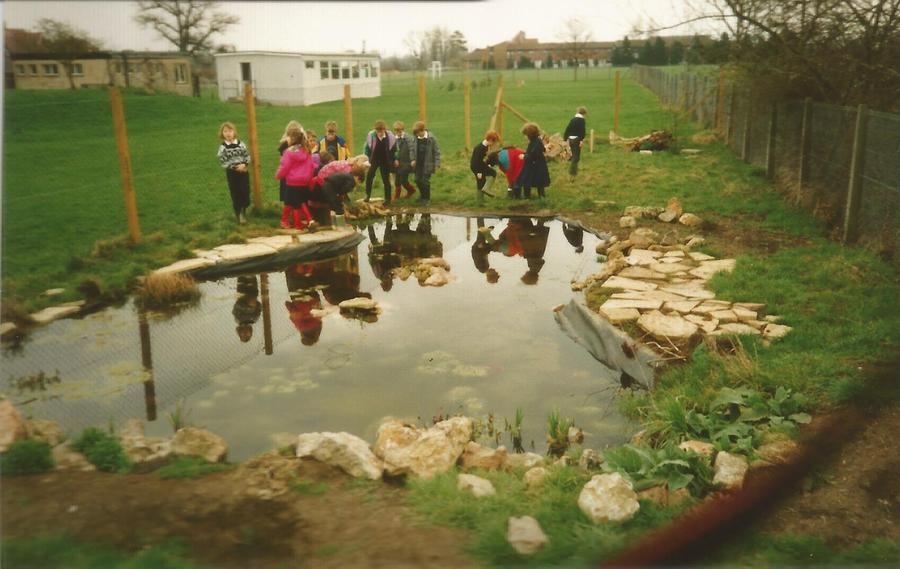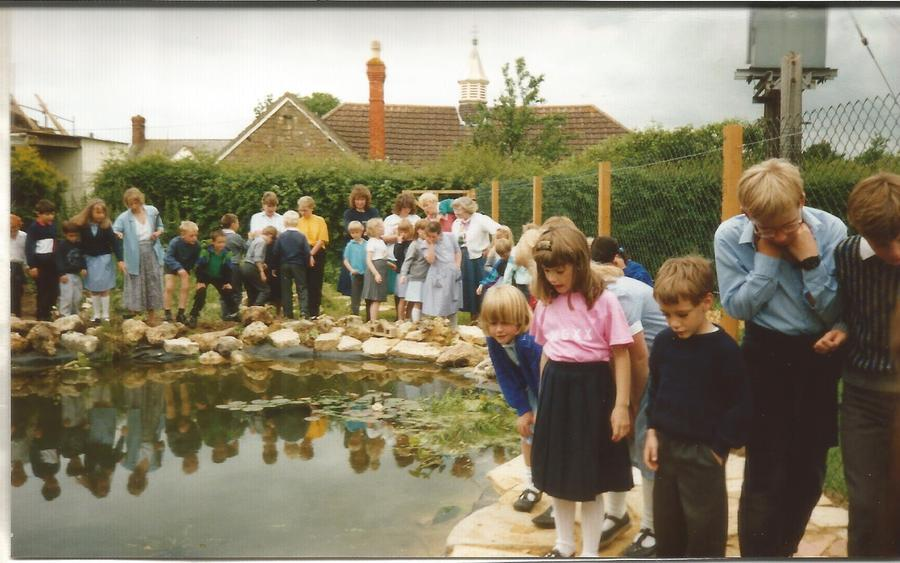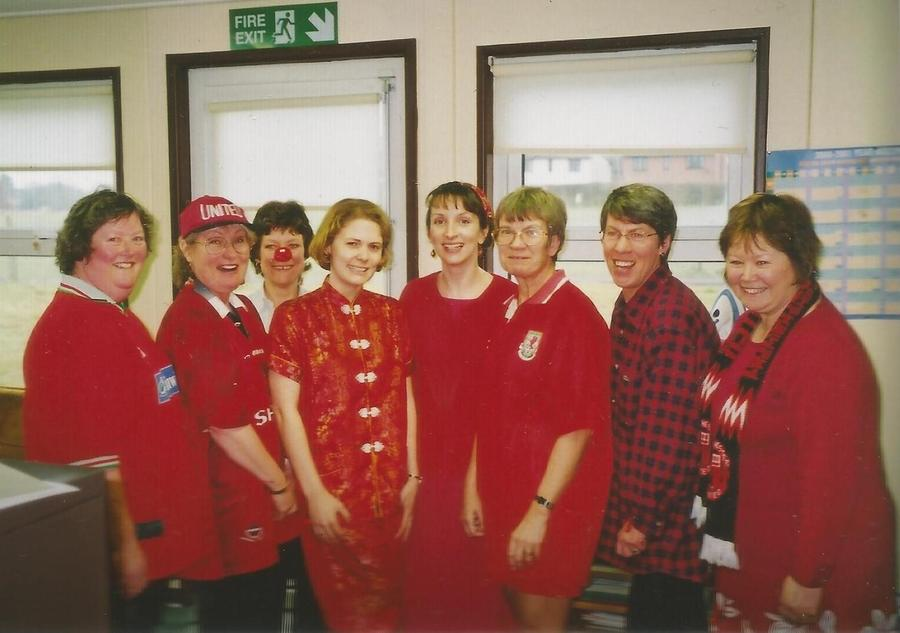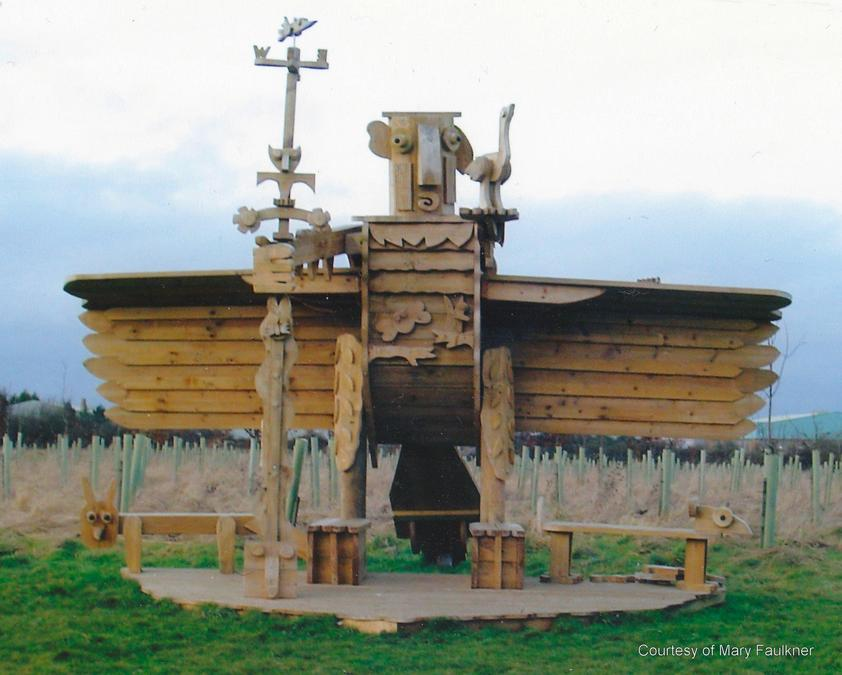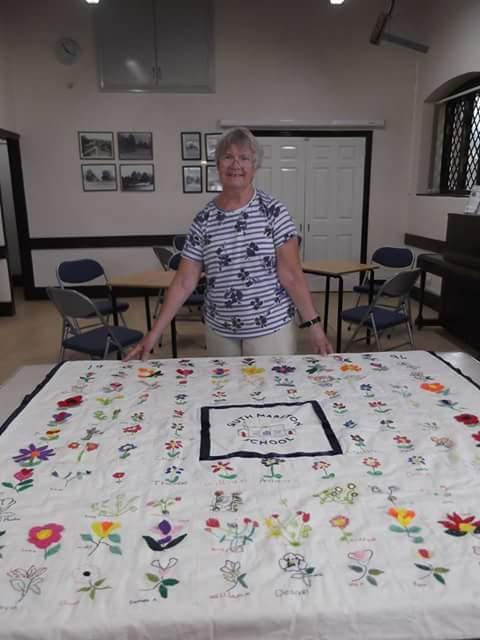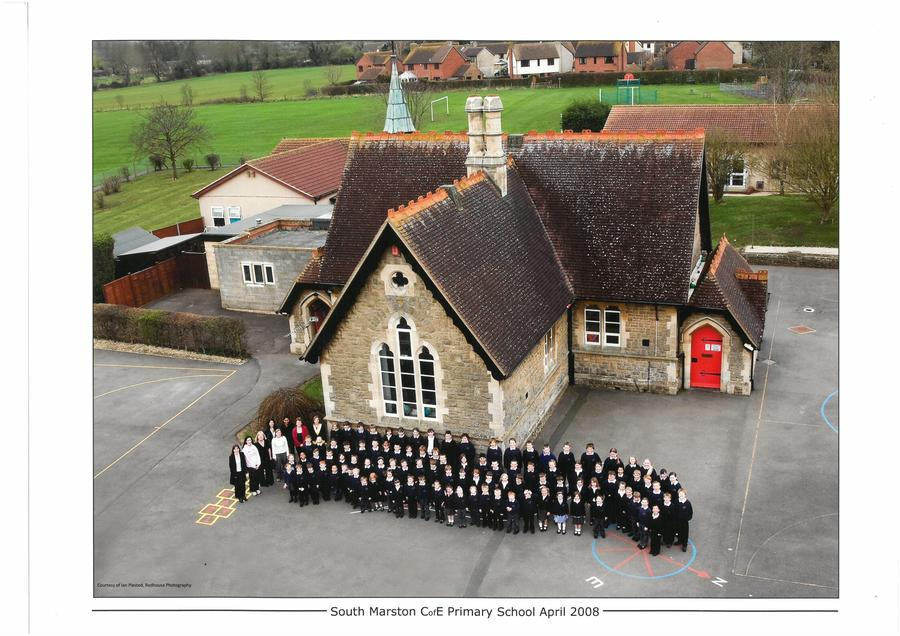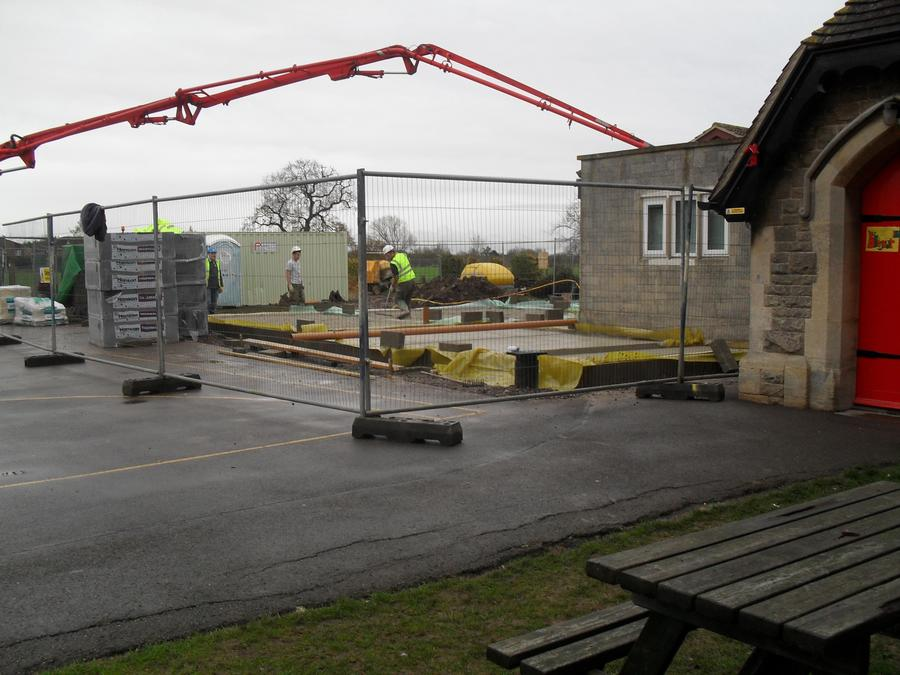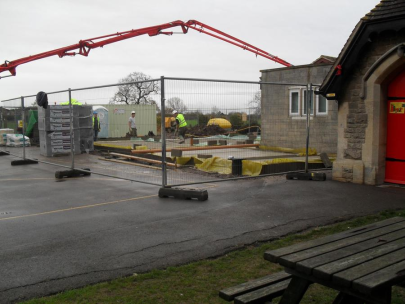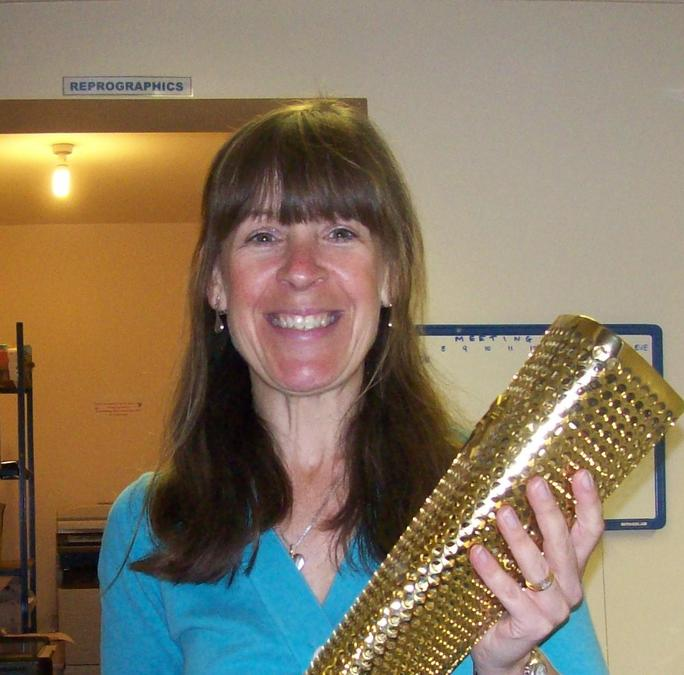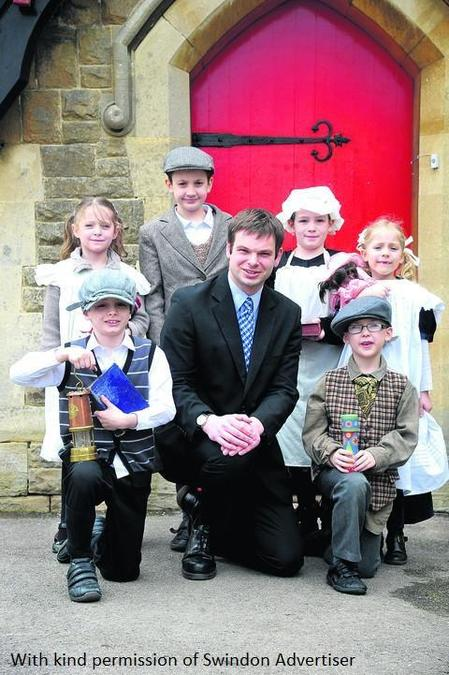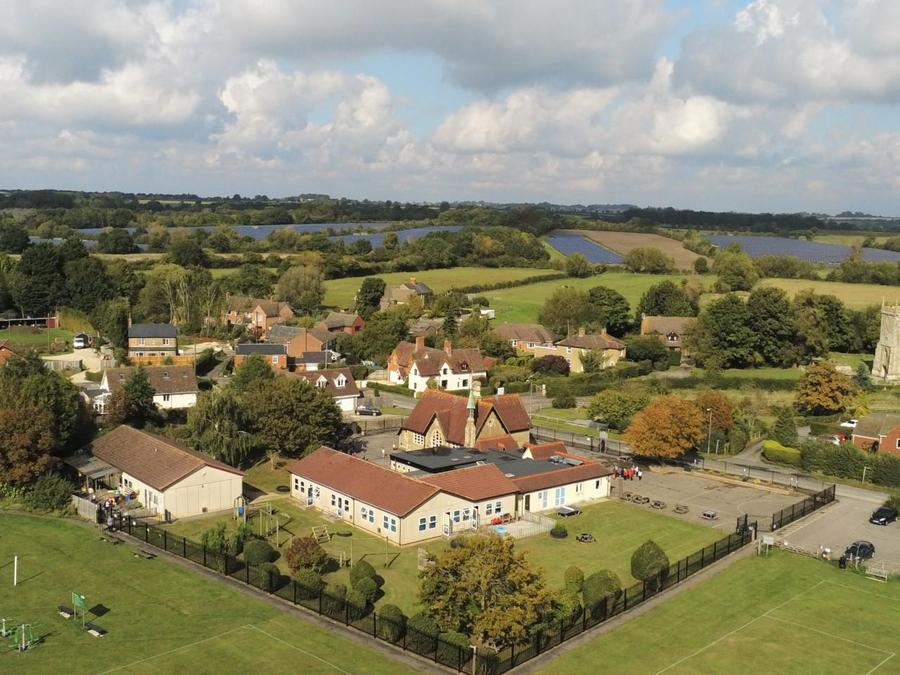Our School’s History
In 2019, the school was presented with former headteacher Gill Llewellyn’s collection of newspaper articles from her time at the school. This was a fascinating start to my journey of discovery of the school’s past via the log books in our possession and the assortment of photographs and other mementos boxed up over the years. It has now expanded to newspaper articles from The British Newspaper Archive and various other sources for earlier information.
The log books have been very revealing and I have enjoyed viewing the school through the ages. To begin with, the log books provided a formal and quite mundane record, with a gradual move to a more interesting school-life after the Second World War. An informality in the style of recording became more pronounced from the 1970s. They were dutifully kept by successive headteachers until 2012 and a summary may be found below.
I would like to express my gratitude to Jayne Smith, Ros Liddiard and Margaret Turner who, together with their friends, relatives and other village residents, spent many hours poring over photos to put names to faces and to provide dates and additional information. Without their help, the people portrayed in our collection of photos spanning from about 1980 to 2000 would have remained anonymous.
Researching the school’s history has been immensely rewarding and, as I leave after nineteen happy years to commence my retirement, I look forward to seeing the school continue to thrive and grow.
Archivist: Mrs Hilary Brooks
September 2022
Our archive is continually evolving - if you have any photographs or documents you think may be of interest to the school, do please get in touch by email to the school office at: admin@southmarstonprimary.co.uk

